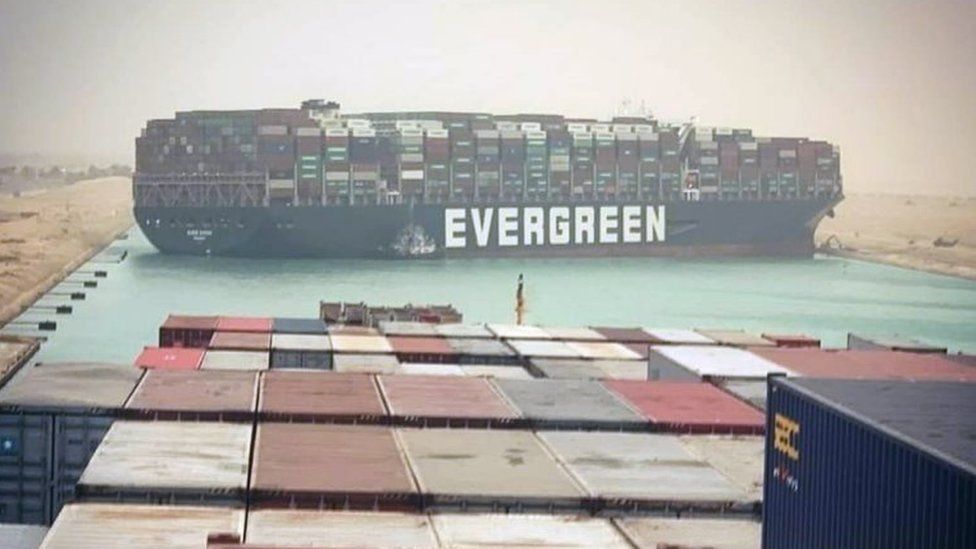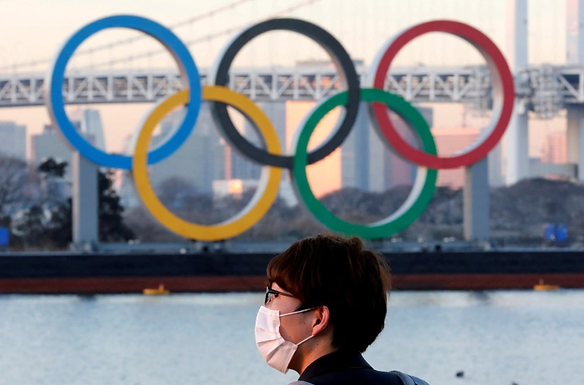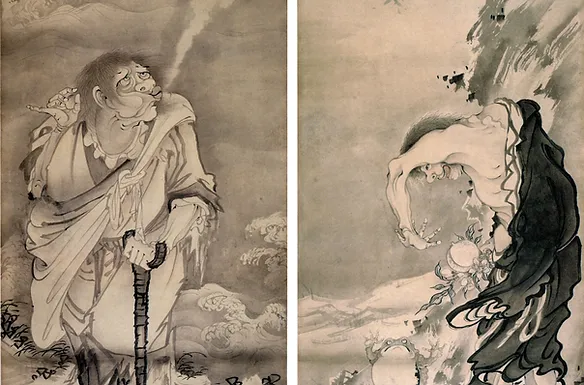
The Crisis in Suez: What Should We Know and Interpret

The Suez Canal is a sea-level waterway that connects the Mediterranean Sea and the Red Sea. It is located between mainland Egypt and the Sinai Peninsula, separating the African continent from Asia. It provides the shortest maritime route between Europe and the lands lying around the Indian and western Pacific oceans. As of today, it is one of the world’s most heavily used shipping lanes. Although there is an alternative route of shipping, which is sailing all around Africa, bypassing the Cape of Good Hope at the continent's southernmost point, using the Suez Canal is much faster, easier, and cost-effective for ships. 1
One of the thousands of ships using this waterway was the ship Ever Given. Operated by the Taiwanese company Evergreen Marine, this ship is one of the largest container ships in the world. On 23 March 2021, the ship was passing through the canal during a sandstorm. The strong winds, which reached 74 km/h, caused the ship to lose its ability to steer, leading to the hull deviating from its path. Shortly later, the ship grounded on the side of the canal. With the push of waves and wind, the ship turned completely sideways, blocking the whole canal.
Information about the Ship “Ever Given”
No crew was injured during the accident; however, it took seven days for the Egyptian canal authorities to free the ship. Various efforts to pull the ship with tugboats, excavate its hull from the ground, and use the advantage of the high tide, finally paid off on 29 March. The ship could be finally released from the deadlock and continued to sail out of the canal. However, the canal had much more work to do since more than 400 ships had been waiting to pass the canal. The backlog of ships delayed by the blockage could be only cleared on 3 April. 2 3
Ships Waiting to Pass the Suez Canal, as Ever Given Continues to Block the Canal
On the economic side of the accident, the damage has reached up to 1 billion US dollars. The Egyptian authorities decided not to allow Ever Given to leave the country during the investigation phase. They also demand 900 million dollars from the owner of the ship as compensation for the economic losses. Many shipping companies lost money in the process as well. The companies either could not complete their deliveries on schedule or had to divert their ships to use the old route through the Cape of Good Hope. This diversion cost them extra money on fuel, too. Furthermore, after the accident, the oil prices increased in a short matter of time, and problems were encountered in LNG delivery. The increase in the oil prices led to even more economic losses in world markets. Finally, consumers also suffered from the incident. Since the cargo traffic was disrupted for a week, many goods could not be transported to Europe. Although this does not seem to be very important compared to the total economic loss, it still constitutes an essential aspect of the chain of events.4
Suez Canal and the Cape of Good Hope
A single accident due to the strong winds disturbed the world economy and occupied the world’s agenda for a whole week. Although the crisis is now resolved and the authorities are developing strategies so that a similar accident does not occur again, there is another lesson to be taken from this incident. It revealed the fragility of capitalism. Indeed, this accident may not be strong enough to force humanity to give up capitalism and find a better system; however, this incident gave a straightforward yet effective message: “Capitalism is fragile enough to be threatened by a 400-metre-long ship.”




